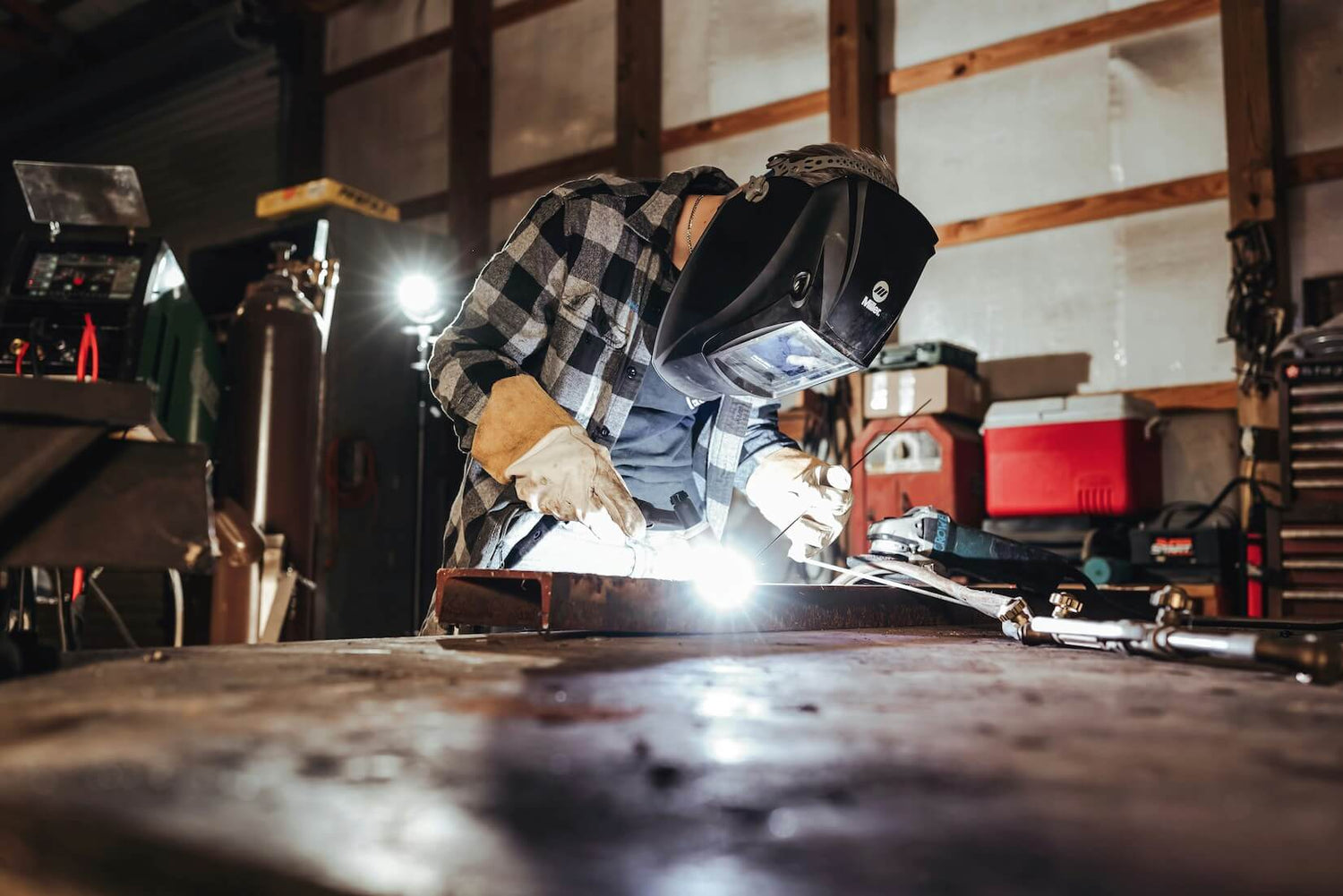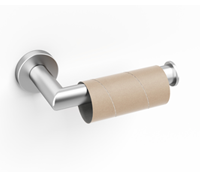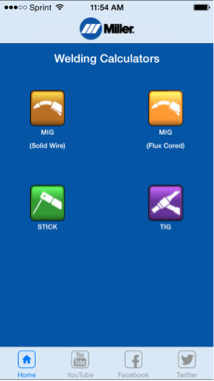We’re constantly looking for the Holy Grail of welding helmets. Because good helmets aren’t just protection, they’re beyond that. When you’re welding with a good helmet, it doesn’t get in the way; it becomes an extension of you.
So, how do auto-darkening helmets rate on our quest for the perfect hood?
What Is an Auto-Darkening Welding Hood?
First, what does “auto-darkening” mean? It’s as simple as it sounds. Auto-darkening helmets have an adjustable lens that automatically darkens or lightens depending on the light around it.
So, what’s the benefit of an auto-darkening hood? You don’t have to keep lifting your helmet up to see what you’re doing. Sure, but is that worth the extra money for a 3-second task? Yes, because here’s what’s really going on. With a normal helmet, you line yourself up perfectly on the joint. You flip your helmet down, causing you to lose your place by just ¼ of an inch. Now you’re staring into the darkness, hoping you’re still lined up right. Your welder flashes into life, and you realize you’re off from your spot. You try to shift your welding gun back in line, leaving a drunken-looking, zig-zag pattern — time to get the grinder out.
Let’s take that whole scenario over again with an auto-darkening helmet. The helmet’s sensors let it know exactly how much light you need to see while not being blinded. This means you can line up perfectly without lifting the helmet up or down in the first place. You position yourself in the right spot and start welding. Bam! Within 1/20,000th of a second, the helmet adjusts to the light. Let’s put that into perspective. The fastest you can blink your eyes is 400 milliseconds. That means an auto-darkening helmet is 8,000 times faster than the blink of an eye. You know what that means? It means your welding gun stays where it needs to be. It means less time grinding. It means straight lines and good-looking welds you can be proud of.
What To Look for in an Auto-Darkening Welding Helmet?
When choosing an auto-darkening welding helmet, several key features ensure both safety and efficiency in your welding tasks. Here's what to look for:
- Lens Reaction Time: The speed at which the lens darkens when exposed to welding light is crucial. Look for a helmet with a fast reaction time, ideally 1/25,000 of a second or quicker. This rapid response protects your eyes from the intense light and reduces strain.
- Adjustable Sensitivity and Delay Controls: Sensitivity controls allow you to adjust the helmet's reaction to different light intensities, which is helpful when working in varying lighting conditions. Delay controls adjust the time it takes for the lens to return to its light state after welding, providing comfort during longer tasks by preventing the lens from flickering.
- Shade Range: A wide shade range offers flexibility for different types of welding processes. Look for helmets with shades ranging from #9 to #13 for versatility. Some helmets also offer grind mode, which is a lighter shade for non-welding tasks.
- Viewing Area: A larger viewing area provides better visibility and allows you to see more of your work without moving your head. This can improve accuracy and reduce neck strain.
- Comfort and Fit: Since you'll be wearing the helmet for extended periods, comfort is essential. Look for features like adjustable headgear, lightweight materials, and adequate padding. Ensure the helmet fits securely without being too tight.
- Power Source: Auto-darkening helmets can be powered by batteries, solar panels, or a combination of both. Dual power options are often more reliable, ensuring the helmet remains functional even if one power source fails.
- Durability and Build Quality: Invest in a helmet made from high-quality materials that can withstand the rigors of welding. Features like a robust outer shell and impact resistance enhance the helmet's longevity and safety.
- Safety Standards: Ensure the helmet meets relevant safety standards, such as ANSI Z87.1 in the United States or EN379 in Europe. Compliance with these standards guarantees the helmet provides adequate protection.
- Price and Warranty: While it’s important to stay within budget, don’t compromise on essential features for a lower price. Look for helmets that offer a good balance of quality and cost. Additionally, check the warranty period to ensure you're covered in case of defects or issues.
The Best Auto-Darkening Welding Helmets
So, is an auto-darkening welding helmet worth it? Yes. There’s no reason you should still be using an antique welding helmet. No matter what you’re doing, an auto-darkening helmet will make your welds better and your life much easier.
The real question is, what is the best welding helmet with auto-darkening technology? Auto-darkening helmets used to cost a small fortune. Fortunately, their prices are much more affordable now and vary depending on your needs. Miller auto-darkening welding hoods and Lincoln auto-darkening welding hoods are great options, but so are others.
For instance, if you’re a medium-level welder, there’s the Miller Digital Performance Helmet with Auto-Darkening. The Digital Performance has three sensors that collect information about how much light you need so that you can see. If you’re more than an occasional welder, four sensors is what you want.
If you need a helmet that can handle any situation, you’ll want the Optrel E684. Its Twilight Technology creates the smoothest transitions possible when going from light to dark, reducing eye fatigue and keeping your welds nice and clean. The best part is, right now, you can get it for $120 off with Welding Supplies From IOC.
Protect Yourself With Welding from IOC Helmets and Protective Gear
So, is there any reason to have an auto-darkening hood? There’s no reason not to have an auto-darkening hood. It’s safer, it’ll improve your weld quality, and you can get them for a great price. Go ahead, check out our collection of auto-darkening hoods, and see for yourself.





